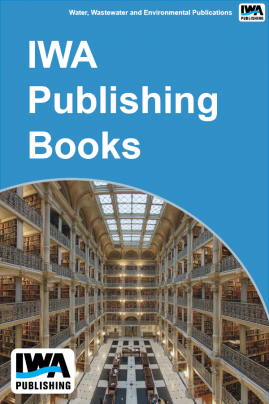21st Century Water Asset Accounting: Case Studies Report

U.S. water utilities are grappling with a diverse suite of challenges. Aging water infrastructure, changing weather patterns, rising demand for clean water, higher water treatment costs, and other pressures are affecting how water utilities expand, repair, and maintain the infrastructure that carries and cleans our water. The traditional approach to addressing these problems building more grey infrastructure is not the only option. Green infrastructure may provide a cost effective alternative that can help water utilities protect source water supplies, reduce storm water runoff, and improve water quality.
Current municipal accounting standards, however, do not adequately account for the benefits provided by green infrastructure. For example, the Governmental Accounting Standards Board, which establishes standard accounting practices for state and local governments, requires public utilities to value land assets using the historical purchase price, rather than the current market value. This approach frequently does not capture the full value of the benefits provided by green infrastructure and so may limit utilities ability to accurately compare the benefits and costs of green and grey infrastructure. This project developed new accounting methods to help public water utilities more accurately assess the value provided by their green infrastructure assets. The researchers developed two model accounting frameworks that could be included in the unaudited supplementary disclosure part of a utility’s comprehensive annual financial report (CAFR). This report summarizes the results of pilot tests, including the frameworks strengths and weaknesses and recommendations from the piloting utilities for improving future iterations of the frameworks. Several key themes emerged from these results. Each utility faced a unique set of regulatory, political, and other policy drivers that influenced their use of green infrastructure. The extent and type of both inter and intra utility communication affected the utilities access to information and their ability to document their green infrastructure assets. Despite the differences among utilities drivers and communication pathways, however, all utilities noted the need for standardized approaches that allow for cross utility comparison. The ability to account for the benefits provided by green infrastructure is critical for further investment in green infrastructure by water utilities, municipalities, and investors. This project contributes to that effort by offering two approaches for accounting that more accurately reflect the value that green infrastructure provides for water utilities.

